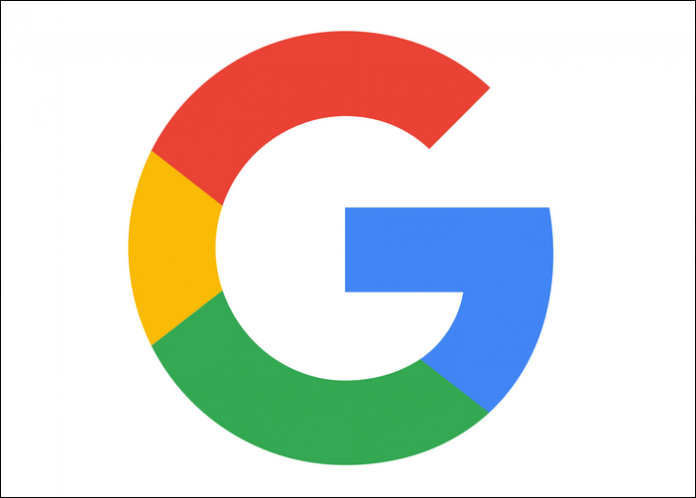Officially called the January 2020 Core Update, Google recently released an algorithmic update that raised the ire of the digital marketing world. For some, this update is colloquially known as the “Favicon” update because one of the controversial changes makes paid and organic search results quite murky.
Prior to digging into the controversial elements of the update, it is important to note that Google periodically releases core updates throughout the year.
“Several times a year, we make significant, broad changes to our search algorithms and systems. We refer to these as “core updates.” They’re designed to ensure that overall, we’re delivering on our mission to present relevant and authoritative content to searchers. These core updates may also affect Google Discover.”
Additionally, as the SEO industry knows, Google does iterate on the search algorithm daily, but also provides notice for more actionable updates. For example, the Google BERT update impacted content producers, among others, Google provided more context and clarification about the changes.
What is the Favicon Update?
In May 2019, Google updated the mobile search display design. The design changed two main things in the search results. First, the ad notification changed from a green box and text color to black text. Second, the results displayed favicons on mobile results.
![]()
In the January update, Google rolled out the design changes (previously applied to mobile SERPs) to desktop SERPs. Google explained the underlying thought process behind the design change.
“With this new design, a website’s branding can be front and center, helping you better understand where the information is coming from and what pages have what you’re looking for. The name of the website and its icon appear at the top of the results card to help anchor each result, so you can more easily scan the page of results and decide what to explore next. When you search for a product or service and we have a useful ad to show, you’ll see a bolded ad label at the top of the card alongside the web address so you can quickly identify where the information is coming from.”
Like most of the underlying rationale, Google aims at making changes that displays relevant results for searchers. From ads to organic, the design change aimed at allowing branding to stand out in organic and clearly display URLs in ads.
What is the Favicon Update Controversy?
The controversy within the digital marketing community arose from the desktop design change and Google blurring the ad and organic results. In particular, it seems many believe the change derives from improving ad revenue versus improving the user experience.
Digiday reported on industry observations in click-thru-rates on paid ads and specialists noted mixed results. First, Brooke Osmundson, associate director of paid search at NordicClick, shared a few clients saw an increase in mobile CTR after the May 2019 change. Osmundson described the pros and cons of the uptick.
“If we see increased CTR, we might be spending through our budgets more quickly than we realized. That’s great for our clients but in marketing we need to do more due diligence in our jobs to make sure they have a good user experience on the site to see our dollars work a little bit harder for us.”
Conversely, David Ogletree, owner of the WME Training, failed to see a significant change in CTR following the mobile update, but did allude to the change likely relates to improving ad revenue.
“There was essentially hardly a change at all back in May and now in January, too…Every decision they make is to get more money from advertisers.”
-
Google Listens to the People
However, as the industry complained about the blurring lines, Google did take the feedback. The Verge continues reporting on the update and how Google responded to the controversy. As reported, Danny Sullivan, Google’s search liaison, shared some context behind the change and rationale to listen to feedback from marketers.
“Last week we updated the look of Search on desktop to mirror what’s been on mobile for months. We’ve heard your feedback about the update. We always want to make Search better, so we’re going to experiment with new placements for favicons. Our experimenting will begin today. Over the coming weeks, while we test, some might not see favicons while some might see them in different placements as we look to bring a modern look to desktop.”
How the Favicon Update Impacts My Business?
First, the update acts as a reminder to take advantage of all Google offerings. For example, the favicon update helps share your brand, so if you don’t have a favicon, add it immediately. Along those lines, Google also noted continued experimentation, which further supports optimizing all avenues that Google offers.
“As we continue to make new content formats and useful actions available—from buying movie tickets to playing podcasts—this new design allows us to add more action buttons and helpful previews to search results cards, all while giving you a better sense of the web page’s content with clear attribution back to the source.”
From exploring the branding options within AdWords to optimizing offerings like Google My Business products, all companies benefit from Google as a platform. However, as with any platform, there may be changes that harm your business. Fortunately, there are ways to mitigate these potential negative effects.
To start, follow best practices. For example, improving organic results helps reduce the reliance on AdWords. Brands that rely on Adwords only utilize one digital marketing channel, so review your digital marketing strategy. Ensure that your brand leverages paid and organic efforts, and if the groups or teams are siloed, stop!
Ultimately, as long as Google remains the 800 pound gorilla in search, consider their motivations. If one thing is consistent, Google continues to make update and share public comments about improving search results. They want to protect their turf and ensure consumers continue to “google” everything. Within that same mindset, Google sells ads, so simply be aware that changes will likely continue to blur paid and organic results. As a result, taking a comprehensive approach to your digital marketing strategy helps ensure your brand plays offense in paid efforts and relies on organic efforts for defense.





